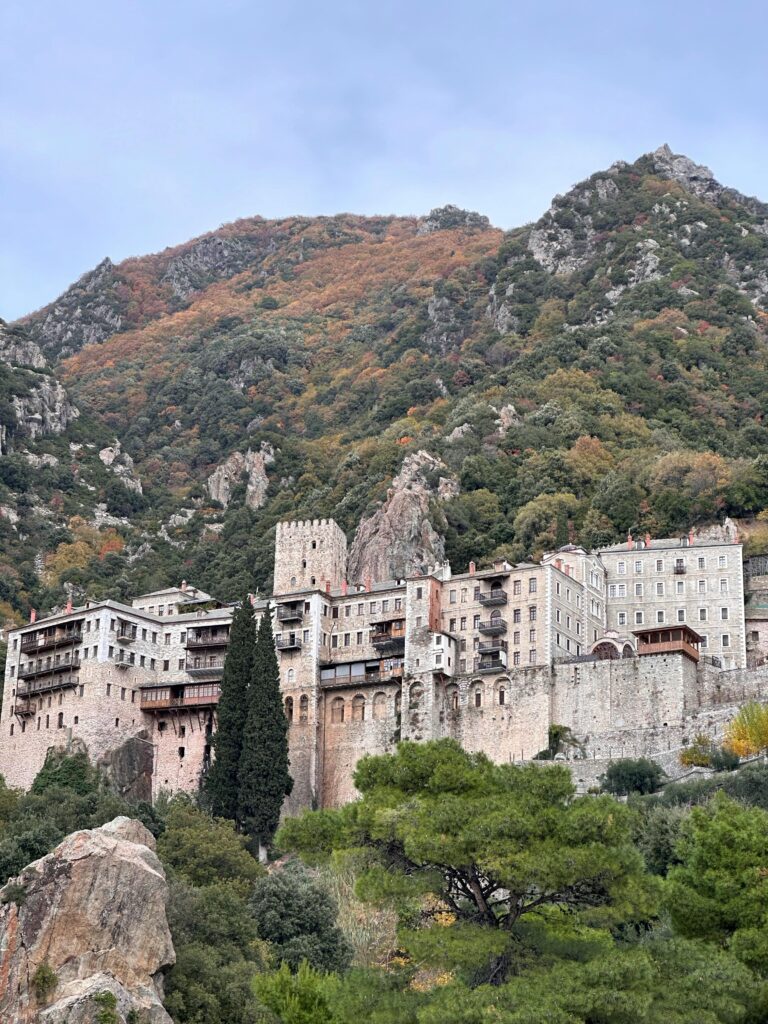Nigeria’s art scene is growing fast. In 2017, research by the Nigerian Art Market Report (NAMR) found that the country’s art market was valued at $5,539,648. This is a significant increase from the 2015 report, which valued it at $3,794,924. The status of visual art in Africa is still in its growth phase though, with people having little to no clue about what goes on in the minds of artists.
“Art is subjective. What you like may not be what another person likes. There is always going to be a lover of art somewhere, so no matter your style, no matter what your art is about, there’s always going to be a lover of that piece. All that’s necessary is to continue to create,” says David “Kaydee” Otaru.
For Otaru, art is something he fell in love with as a young man. Now, he has found his creative self in contemporary arts, and is making an unbiased visual representation that’s relatable to all kinds of people.
Inspired by the need for freedom, expression, mastery and renaissance, his work is mostly in acrylic and is significant because it is a commentary on culture. Otaru has been on a steady rise since being selected in 2020 to be a young contemporary for the Rele Art Gallery — along with others such as Rachel Seidu, Chidinma Nnoli, Michael Igwe, IyunOla Sanyaolu, Victor Olaoye and Aghogho Otega. Run by the Rele Art Foundation, it focuses on projecting African art and the creative talents it harnesses.
Come 7 August, he will be having his first Lagos solo exhibition at the Rele Art Gallery Studio in Lagos, Nigeria. The exhibition is named “Face-Me-I-Face-You”, inspired by residential buildings where a group of one or two-room apartments have their entrances facing each other along a walkway.
Tell us about the kind of art you make.
I employ a lot of elements in my works. I paint about daily lives; mainly nostalgic moments, days from the past, things we used to do that we do not consider anymore or have forgotten about because of the tags in the world and society. Growing up to get a job, starting a family, that sort of thing. We forget about the basic things we used to do when we were much younger, so I try to paint all of the moments and experiences. I paint about my encounters and those who care enough to share experiences with me.
Does your art speak to a certain kind of demographic, because it is inspired by nostalgia?
I would say it speaks to everybody, but at the same time, one painting is not supposed to talk to everybody the same way. Some people would get the meaning behind a piece, and some people would get the meanings behind the other. I wouldn’t say that my art is restricted to certain kinds of people. Instead, what I try to do is put a little bit of everything into a piece — I put the present day, the past and, if possible, the developing era that we’re in. That’s why most of my works need a kind of technology for you to see them. I’m not trying to fit one demographic. I’m only trying to make sure my work is relatable in every aspect.
What elements of your pieces make your art uniquely you?
Some of my characters are inverted, and I do that on purpose. It makes you want to bring out your phone, go to your “settings” and change the camera to display and view from there. You get to see a character that separates from the piece people do not see by merely just looking at the piece. I do this to spark some kind of curiosity from the audience as they want to see what the character is. You also see a lot of dry colours, as I do not do a lot of shading.
What can you tell us about your upcoming exhibition?
The [initial working] title of the exhibition is “No Captions, Just Life” and it’s inspired by the time we moved from a luxury apartment to a condo. I grew up thinking luxury or nothing, and experiencing the shift made me realise as a teenager that life is what matters the most. It doesn’t matter if you have it all or not, but how you choose to live your life is what makes you what you are.
And sure, the neighbours may not have it all, but I still looked within and saw a level of happiness. I interviewed a lot of people for this, and I got to understand from their experiences what life was for them. That’s basically what influenced the exhibition.
What should we expect to see with this exhibition?
It’s a total of 12 works — eight works telling stories, and four works just portraits of people; people I decided to include because I was talking about life and I didn’t want to base it off stories, so people would understand that I experienced people too. The idea came to me, and I did research on how to make a strong narrative from it.
I stumbled on a photo album of myself, and I tried to relate and recreate where I was at the point in my life when those pictures were taken. It was like cooking up something really delicious on a canvas, and I did that on multiple pieces. I’m actually happy with the results. This has been one of my favourite projects to work on.
How would you describe the reception of your work since you started?
The reception has been great, collectors have been waiting on my work and are applauding my growth. It’s interesting to see them recognise and follow my process. When you’re represented by a gallery like Rele Art Gallery you definitely get a large audience, with people waiting to see your work. Choosing Rele to represent me has been one of the best decisions I’ve made, because it’s not like we’re in a business, it feels like we’re family. They’re always there to advise and tell me to take breaks. If I’m stuck, they can always help. I’ve been blessed to say everything is going pretty great and awesome.




















Discussion about this post